I’ll have to confess that it is a little bit surprising to be reviewing a second 24mm lens in Sigma’s new iSeries…just seven months after I reviewed the first one! I published my review of the Sigma 24mm F3.5 DG DN on February 10th, 2021, and I am working in late August towards releasing this review on September 9th, 2021 to coincide with the announcement of this second 24mm lens. This one, however, is most likely the lens that more photographers will be looking for, as it combines all the things that made the F3.5 version attractive (save one) into a larger aperture version that is still nicely compact. Meet the Sigma 24mm F2 DG DN, the second 24mm lens in their iSeries. In late 2019 I reviewed the Sigma 45mm F2.8 DN lens, and, while I loved the build of the lens, I concluded that it was a bit of an oddball. It was released in concert with a couple of other lenses, one being the uber-premium 35mm F1.2 DN and the other being the 24-70mm F2.8 DN ART. The design of the 45mm F2.8 was completely different than any other Sigma lens…including the other lenses it was released alongside. A year later, however, and things start to make a little more sense, as it turns out that Sigma was experimenting with a new sub-class within their Global Vision “Contemporary” line-up – the i-Series. These lenses are designed for those who love A) exceptional build and care over the tactile feel and handling of their gear B) who aren’t interested in their lenses being “clinical” but prefer beautiful, “analog” rendering rather than just sterile sharpness. Then, in December 2020, Sigma released two new lenses in the i-Series side by side, and both of them were beauties. I simultaneously looked at the Sigma 35mm F2 DG DN (my review here) and the Sigma 65mm F2 DG DN (my review here). I really liked both lenses, and I think that was reflected in my reviews. The 24mm F3.5 DN joined the ranks in early 2021, and now we have another pair of lenses, this 24mm F2 along with a 90mm F2.8. The Sigma 90mm F2.8 DG DN (which I’m simultaneously reviewing) is interesting in large part because it has a longer focal length than any of the previous compact lenses released for Sony that I’ve seen. That makes six lenses in this new series in less than two years; you can’t say that Sigma isn’t prolific! *The tests and most of the photos that I share as a part of my review cycle of the i24 F2 (as we’ll call it for brevity) have been done with the new Sony Alpha 1 which will serve as my benchmark camera for the foreseeable future (my review here).
I have a bit of a hard time when testing a prime lens that doesn’t have an aperture advantage over equivalent zoom lenses (like in the case of the 24mm F3.5), but the i24 F2 is stronger territory in that regard. It’s F2 aperture will give you twice as much light gathering as an equivalent F2.8 zoom lens that covers this focal length, which is a significant advantage. It will also allow you to get close to your subject and get a nice out of focus background.
Sigma’s marketing of the “i-Series” has three concepts, “Identity – Celebrating your uniqueness | Iconic – A fresh approach to lens design | Instinctive – Intuitive user experience”. Most of that is, frankly, marketing gobbly-gook that sounded really clever to the marketing team (the same team that brought you “Contemporary” as a lens designation) but is rather meaningless in the real world. I’m not quite sure how purchasing a camera lens marketed to the masses is “celebrating my uniqueness”, but I digress. I’ll forgive the marketing mostly because the actual lenses are beautifully crafted and a real joy to use. I was reminded of just how nice these lenses are when I let my new assistant, Craig, handle and use them for the first time. His face lit up with joy as he appreciated the tactile pleasure of such a beautifully crafted optical instrument that worked very well.
As has frequently been the case with this series, I think that Sigma has managed to strike a nice balance between a high quality rendering along with excellent sharpness. This isn’t a cold, sterile lens, but rather one with some character despite being well corrected. The only lens in the series that I didn’t love the optical performance of was the 45mm F2.8, but by and large I’ve found this series consistently excellent. That’s very true here; this is an extremely high performing lens that I really enjoyed using, and the price point of $639 USD makes it a solid value proposition. Read on if you want all the details, or, if you prefer to watch reviews, you can choose either the long-format definitive review or the shorter standard review.
Follow Me @ Patreon | My Newsletter | Instagram | Facebook | DA Merchandise | Flickr | 500px
Sigma i24 F2 Build, Design and Handling
The “i-series” is a hit to me when it comes to build. I love the all-metal construction, attention to detail, and beautiful handling. Sigma has very intentionally crafted a lens that is pleasing to hold and use as the photos it can produce, and that’s a winning philosophy to me. Obviously the F2 version of the lens is going to outweigh the F3.5 lens, but Sigma has managed to keep things reasonable here. The F2 lens is 6mm wider (70mm), but is considerably longer at 74mm and weighs in at 360g (130g heavier). Here’s a comparison between the two:
Up front we have a 62mm filter thread, which is relatively small but not particularly common. Tamron has worked to consolidate all of its modern Sony E-mount lenses around the 67mm filter size, which is great for sharing filters but does have a few downsides in lens design. Sigma has just gone with whatever filter size works with the optical design, which means that even among the iSeries (six lenses) there are a variety of filter sizes (which is also a pain!) There are pros and cons to both approaches.
As per usual, I’ll a little perplexed as to why Sigma has chosen to position the i-Series lenses under the Global Vision division of “Contemporary”. Typically the lenses branded Contemporary carry Sigma’s lowest level of build, with Sport lenses given the most robust while Art lenses land in the middle. The build of the i-Series, however, is arguably nicer than that of the ART series, and every bit as nice as the Sport lenses (though designed for different purposes). In many ways these i-Series lenses remind me of two things: 1) classic lenses like the SMC Takumar lenses (which I own about 5 of), and part of why I love them is their beautiful timeless construction that is all metal and glass – and – 2) cine lenses where the aperture and focus rings are raised rather than flush with the barrel and have wider, deeper ribs that accommodate gearing (something that cinematographers often do but stills photographers almost never do). We’ve got a similar design element in the i-Series.
Forget engineered plastics; the Sigma i24 F2 is made all of metal alloys, with even the hood made of metal. The lens hood itself is a beautifully crafted piece with a great tactile feel to the metal and ribbing, and it has an added practical value that there is plenty of grip friction due to the ribbing that makes it easy to remove.
I also appreciate that the hood doesn’t looked “tacked on”. To me the lens looks completed with the lens hood in place, largely because the design language of the lens carries on into the lens hood. There’s a nice “flow” to the design.
Sigma has adopted the inclusion of an aperture ring on many of their DN series lenses (DN indicates that the lenses is designed specifically for mirrorless, while DG designates that the lens is designed for full frame cameras). It works just like Sony G Master lenses where one has the option of selecting A (Automatic) and controlling aperture from within the camera like most lenses, but then one can also manually select aperture in one-third stop detents. There is a nice extra bit of friction between the A position and the manual section which will help avoid any inadvertent bumping between the two choices. The aperture ring (like everything on the lens) is beautifully engineered, and has very precise, definite movement and feel for each of the detents. Some people question the necessity of an aperture ring (particularly one that cannot be declicked for video aperture racking), but I can say for myself that I personally strongly prefer to have an aperture ring even for stills. I find it helps me to be more intentional about the use of aperture and plan in advance for what aperture will best suit my shot.
Another solid addition is the AF/MF switch on the side of the barrel. This is something that many mirrorless lenses lack, but I still find an actual physical switch the quickest and easiest way to move between autofocus and manual focus. Like the 35mm and 65mm iSeries lenses, however, the AF/MF switch is mounted transversely, which fits better in the space. A subtle positive touch here is that the paint exposed when in AF is white, while the exposed paint when in MF mode is black. It’s a quick visual clue.
There is also a manual focus ring. The focus ring, like the aperture ring, is a “by-wire” system, meaning that input on either the focus ring or the aperture ring is electronically communicated rather than through a direct mechanical coupling. This means that input on the focus ring or the aperture ring will not create any physical changes unless the lens is attached to a camera and powered on. The focus ring has a nice feel to it, and Sigma has done a good job emulating traditional manual focus.
Like most of the iSeries lenses, Sigma is leveraging the all-metal construction to give consumers an option when it comes to the front lens cap. There is a traditional pinch-style plastic lens cap included, but the lens also ships with a magnetic cap that pops easily into place. I find that it works better if you are using the lens without the hood, as reaching in to remove it with the hood fixed is a bit difficult. They are also selling an inexpensive lanyard that clips onto a strap or backpack and gives you a place to magnetically attach the lens cap when not using it. With both pieces in play, it becomes a quick, easy process to pop the magnetic cap on and off and attach it to the lanyard holder. Perhaps not for everyone, but the fact that Sigma has included the two caps does give you as a consumer a choice. I like choice!
The lens does have a weather sealing gasket, though there are no other internal seals in the lens. There is no image stabilization (though next to no prime lenses do, so I don’t exactly look for it). You’ll have to rely on IBIS if your camera is so equipped.
The aperture iris has nine rounded aperture blades, and this helps keep the aperture shape fairly circular when stopped down. You can see that there is a bit of geometric deformation (cat eye effect) towards the edge of the frame.
One area where the F2 lens cannot compare with the F3.5 version is when it comes to MFD and magnification. You can focus as closely as 24.5cm, which gives you a roughly 0.15x magnification, which obviously lags far behind the F3.5 lens’ 0.50x magnification level. 0.15x isn’t fantastic, but at least it is high enough to be useful. Here’s what MFD looks like:
Close up performance is fairly good, however, allowing you to get some interesting shallow depth of field shots like this:
Bottom line is that I love the handling of the i24 F2. It feels beautiful in the hands, and both the aperture and manual focus rings move nicely. I’m a fan of compact lenses that are also well-made and high performing. There’s a practical value to a lens you can easily bring along that is unmatched by the massive, heavy lenses that Sigma often produces. The i24 F2 is essentially a cine-style Zeiss Loxia lens with autofocus…a pretty sweet mix!
Sigma 24mm F2 DN Autofocus Performance
The Sigma i24 F2 utilizes a stepping focus motor that makes fast, quiet focus changes. If you watch the video review you can see/hear the focus motor during focus changes in video. It’s all good news, though, as the focus is quiet, focus pulls are accurate and smooth, and there is little to no hunting or settling. I saw minimal focus breathing during focus pulls, too, so this isn’t an issue. My assistant, Craig, noted a bit of “stickiness” where the lens was sometimes a bit slow to move to a new focus point when you moved the camera center focus over a new test subject, but I also noted that it did a good job of making quick focus changes if I intentionally clicked on a new subject via the touchscreen.
My stills focus accuracy was very good. A wide open shot like this shows both excellent focus along with the exceptional detail from the lens optically:
I had success with eye detect as well, with good tracking of eyes and focus whether the subject be animal:
…or human:
One area of clear advantage over the F3.5 lens is that the larger maximum aperture brings a significant advantage when it comes to focus in low light conditions for the simple reason that an F2 aperture lets more than twice as much light in to the sensor. This image was taken in very, very dark conditions (1/13th second shutter speed at ISO 6400) and yet autofocus was still very fast:
That helps makes low light photography a more viable option with the i24 F2.
My general purpose accuracy was excellent. Autofocus was fast, quiet, and accurate whether shooting stills or video. Another nicely executed package from Sigma.
Sigma i24 F2 Image Quality
We’ve got a more complex optical formula than last time. There are 13 elements in 11 groups, with five of them being special elements (FLD 1, SLD 2, Aspherical lens 2). The F3.5 lens exceeded my expectations, and I would say this F2 lens is better still in a number of ways. It certainly can deliver gorgeous results!
All chart tests done with a Sony Alpha 1 (50 MP) using a tripod and a two second timer.
We’ll work through the chart results by first looking at distortion and vignette.
This is a very different result that what we saw on the F3.5, which showed a minimal amount of pincushion distortion. Here we have the more traditional wide angle issue with barrel distortion, and definitely more of it. I needed a +18 for a manual correction, but unfortunately saw a bit of mustache pattern remaining. The Samyang AF 24mm F1.8 (the lens I consider the chief competitor to this one – my review here) had both less distortion and it was also little less complex a distortion pattern. Sigma’s advantage is that it enjoys better profile support in camera, and you will have in-camera corrections for JPEGs and Video, which you don’t often get with Samyang.
On a positive note, there is less vignette than I saw with the F3.5 lens. I need a +59 to make a clean correction of the vignette. RAW files will be corrected a little more cleanly for both metrics when the standard profile shows up in Adobe and other editing software.
I did note the barrel distortion bulge in some of my RAW shots, as no automatic profile corrections exist yet in my editing software, but Sigma’s new releases have gotten fair quick profile support at least in the Adobe software that I use, so I expect that they will be there by the time that customers start getting their lenses. You can see a bulge in the horizon line of this otherwise excellent landscape shot:
So how about resolution and contrast? Here’s a look at my test chart:
And here are the crops from the center, mid-frame, and extreme corner at F2. Contrast and resolution are excellent across the frame, with no evidence of lateral chromatic aberrations near the edges.
I was exceptionally impressed when I reviewed the Samyang AF 24mm F1.8, as I found it as sharp as a lens like the premium Sony 24mm F1.4 GM. I’m happy to say that the Sigma i24 F2 joins these ranks of excellence, too, proving to be as sharp across the frame. This is among the best 24mm lenses ever in terms of sharpness and contrast. Here’s a look at 200% magnification from between the two lenses down at the middle bottom edge of my test chart:
That’s very, very strong performance, and it translates into real world results, too. Here’s a look at a real world landscape shot at F2:
That’s a lot of detail on a 50 MP sensor.
Stopping down to F2.8 does provide a contrast boost and allows for even more detail rendering. By F4 everything across the frame could only be called excellent. The corners were very good to begin with, but even the far corners are pin sharp and with very high contrast at F4:
Shoot the i24 F2 at smaller apertures and you will be rewarded with extremely sharp landscape images all across the frame.
Minimum aperture is F22, but diffraction really limits contrast by that point, so I wouldn’t recommend shooting at minimum aperture unless absolutely necessary.
I couldn’t really spot any Longitudinal CA (magenta or green fringing) out in the real world. This high contrast, backlit subject has plenty of potential for fringing, but I just don’t see any.
I found the bokeh quality quite good in many situations. This shot has a nice transition to defocus, for example:
Here, too, things look quite good:
More complex scenes could get a little busy to my eye.
This is one area where I would say that the far more expensive Sony 24mm F1.4 GM shows its superiority. It renders softer bokeh with more nuance, but the Sigma is obviously a much less expensive option and is still capable of beautiful results.
I was very impressed on the flare front. The lens’ coatings and optical formula are quite flare resistant despite the larger aperture, and I saw little veiling and only one visible ghosting artifact in this strongly backlit scene (F2):
If I stopped down to a smaller aperture like F11, I did see an extra ghosting blob, but nothing too destructive.
Here’s another shot where the lens really kept its composure despite intense late evening backlight.
This F2 lens is obviously going to be a more desirable option for shooting the night sky because of the much great light gathering potential of the lens. I was able to grab a very good Milky Way shot at F2, with nice, crisp star points.
There was a bit of coma on very bright points near the edges of the frame, so it isn’t at the top of the heap, but this is still a fairly strong performance.
So, by all means, if you purchase this lens, go outside and capture the beauty of night with it.
All in all, there’s nothing here I would call a deal-breaker, and a whole lot of positives. There’s more distortion than what I would prefer, but not so bad that a good profile correction can’t fix it. Outside of this, however, it’s just a strong performance across the board, and images from the lens look great! You can see more by checking out the lens image gallery here.
Conclusion
The Sigma 24mm F2 DG DN from their I-Series was an unexpected addition to this line-up so soon on the heels of the 24mm F3.5 DN, but it does fit a broader pattern that is emerging. There are two tiers within the iSeries, with the smaller, light options like the 24mm F3.5, 45mm F2.8, and the new 90mm F2.8 in one tier, with a second tier devoted to higher image quality and larger apertures (at the cost of slightly more size and weight). The 24mm F2 joins the 35mm F2 and 65mm F2 in this second tier. I’ve been a fan of all three lenses in this second tier, as for me personally they strike the desired balance between compactness and premium build and optics. I would happily own any of these lenses.
The list of shortcomings here is brief, with my primary objection really being the stronger distortion. But the list of strengths is long, with beautiful build, excellent autofocus, and optics that I genuinely love.
I suspect that the market for the smaller F3.5 lens was a niche one, mostly centered around those who wanted this desirable focus length in as compact a package as possible. The Sigma 24mm F2 DG DN will almost certainly have a broader appeal, as it brings many of the roughly $1300 USD Sony 24mm F1.4 GM‘s strengths in a smaller (5.4mm narrower and 18mm shorter), lighter (by 124g), and much cheaper ($639 USD, roughly half that of the GM) package. I suspect that the Sigma 24DN F2 will probably be “close enough” for many photographers, who will then pocket that savings or use it on something else. There is probably still a market for the smaller F3.5 lens, but for less than $100 more, I’d certainly go for the new F2 version. I find it a very tempting package, and, while I knocked the F3.5 version for feeling a little expensive, I feel the F2 lens is a very strong value and well worthy of consideration for you Sony FE or Leica L camera.
Pros:
- Beautiful, feature rich construction
- Includes some weather sealing
- Fast, quiet autofocus
- Smooth and quiet video AF work
- Good flare resistance
- CA is well controlled
- Fairly good coma performance
- Excellent sharpness and contrast across the frame even wide open
- Compact size
- Reasonable price
Cons:
- Distortion a little high
- Much lower magnification figure than F3.5 version
Gear Used:
Purchase the Sigma 24mm F2 DG DN @ B&H Photo | Amazon | Camera Canada | Amazon Canada | Amazon UK | Amazon Germany | eBay
Purchase the Sigma 24mm F3.5 DN @ B&H Photo | Amazon | Camera Canada | Amazon Canada | Amazon UK | Amazon Germany
Purchase the Sigma 65mm F2 DG DN @ B&H Photo | Amazon | Camera Canada | Amazon Canada | Amazon UK | Amazon Germany | Ebay
Purchase the Sigma 35mm F2 DG DN @ B&H Photo | Amazon | Camera Canada | Amazon Canada | Amazon UK | Amazon Germany | Ebay
Purchase a Sony a7C @ B&H Photo | Amazon | Camera Canada | Amazon Canada | Amazon UK | Amazon Germany | Ebay
Purchase the Sony Alpha 1 @ Camera Canada | B&H Photo | Amazon | Amazon Canada | Amazon UK | Amazon Germany | Ebay
Purchase a Sony a9M2 @ B&H Photo | Amazon | Camera Canada | Amazon Canada | Amazon UK | Amazon Germany | Ebay
Sony a9 Camera: B&H Photo | Amazon | Camera Canada | Amazon Canada | Amazon UK | Amazon Germany | Ebay
Sony a7RIV Camera: B&H Photo | Amazon | Camera Canada | Amazon Canada | Amazon UK | Amazon Germany | Ebay
Buy DA Merchandise https://bit.ly/TWIMerch
Purchase a Sony a7C @ B&H Photo | Amazon | Camera Canada | Amazon Canada | Amazon UK | Amazon Germany | Ebay
Peak Design Leash Strap: Peak Design Store | B&H Photo | Amazon | Amazon Canada | Amazon UK
Adobe Photoshop Creative Cloud 1-Year Subscription
Exposure Software X6 (Use Code “dustinabbott” to get 10% anything and everything)
Visit Dustin’s Amazon Storefront and see his favorite gear

Purchasing your gear through B&H and these links helps fund this website and keeps the articles coming. You can also make a donation here if you would like. Visit my Amazon page for some of my gear of choice! Thank you for your support.
Great News! I can now offer a 5% discount on all purchases at Amplis Foto, Canada’s Leading Photographic Supplier. Please enter discount code: AMPLIS52018DA in your cart. It is good for everything in your cart, and is stackable with other coupons, too! It will take 5% off your entire order! Proceeds go towards keeping this site going and providing you with new reviews!
Check me out on: My Patreon | Sign Up for My Newsletter | Instagram | Facebook | Twitter | Flickr | 500px | Google+ |
Keywords: Sigma 24mm F2, Sigma 24mm DN, Sigma 24 F2 DN, Sigma 24 F2, Sigma 24mm F2 Review, DN, DG, F2, 24mm, Sigma, iSeries, Wide Angle, Sony, Leica, Hands On, Dustin Abbott, Real World, Comparison, Sharpness, Bokeh, Flare Resistance, Autofocus, Image Quality, Sample Images, Video, Photography, Sony a9, sony a7III, sony a7RIV, a7R3, Sony Alpha 1, Sony A1, Sony a6600, F3.5




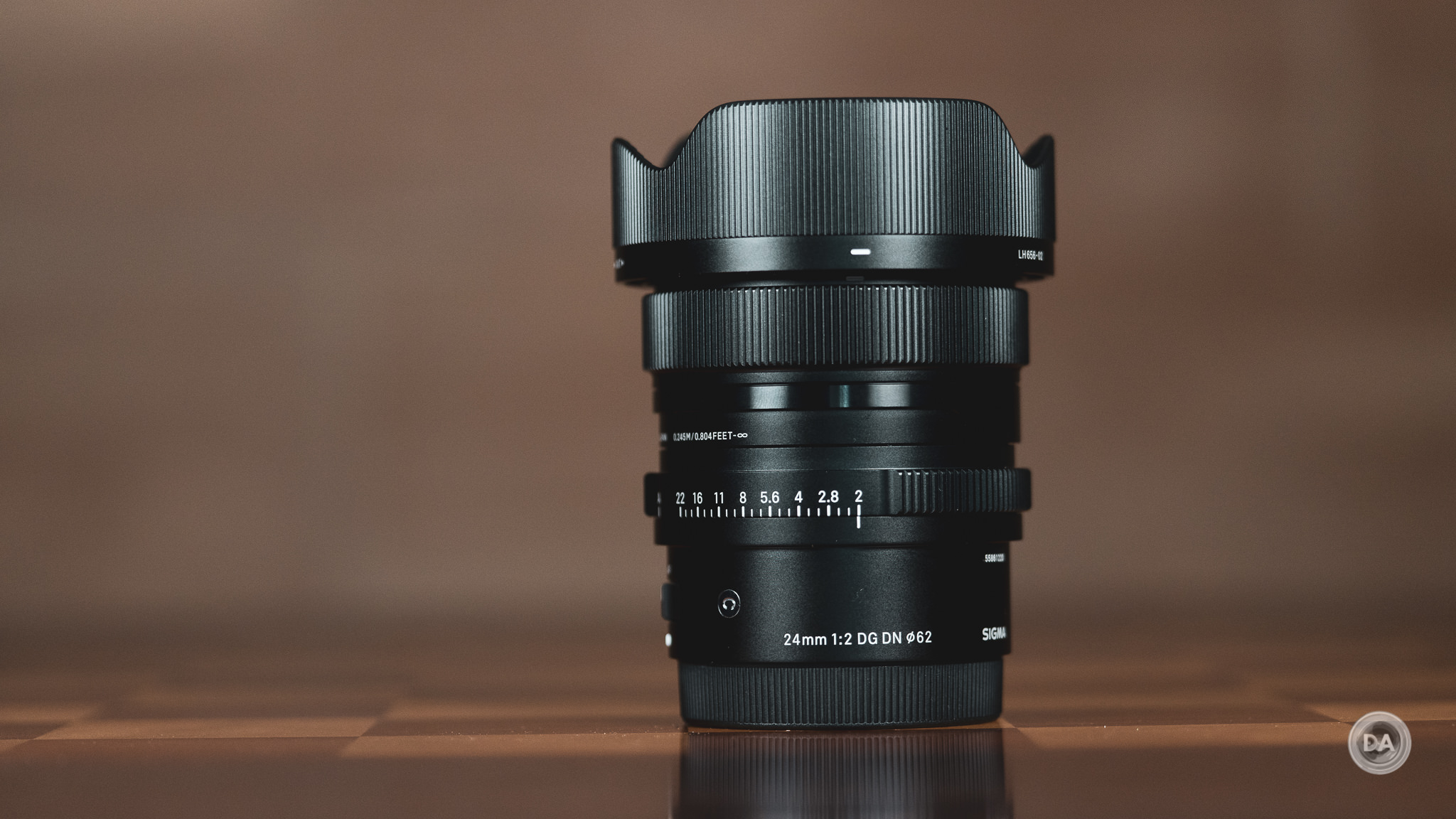
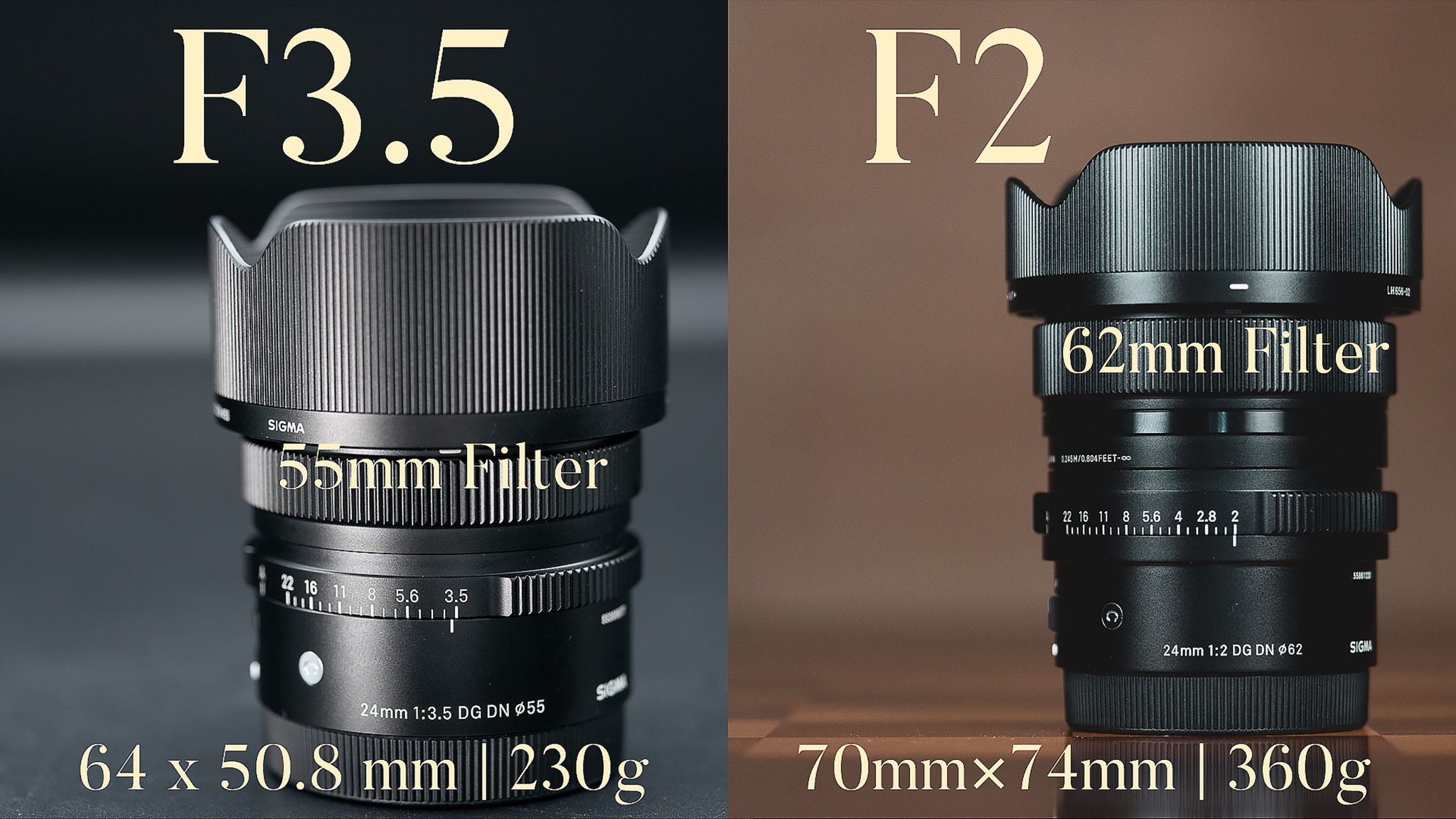
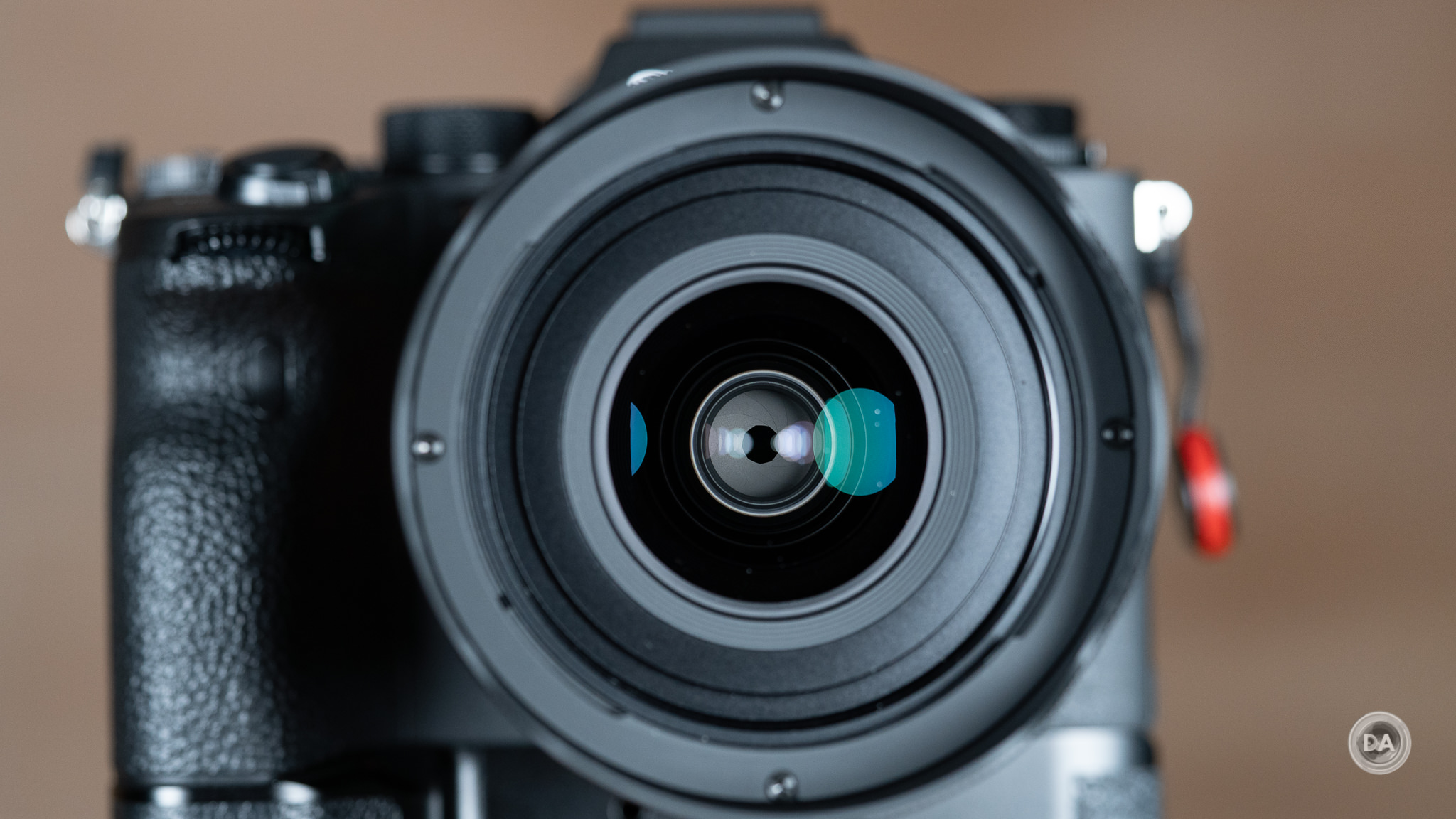
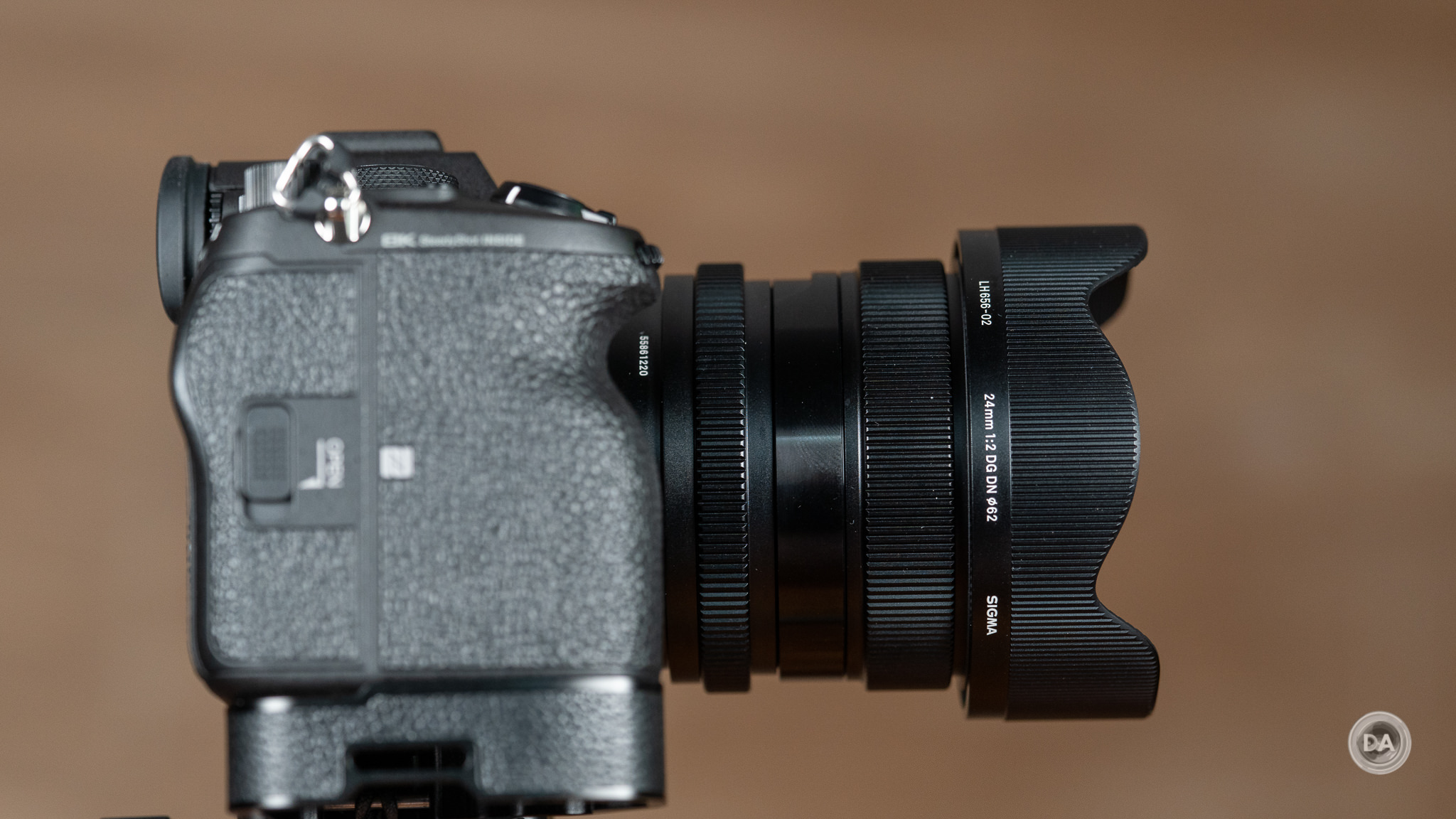

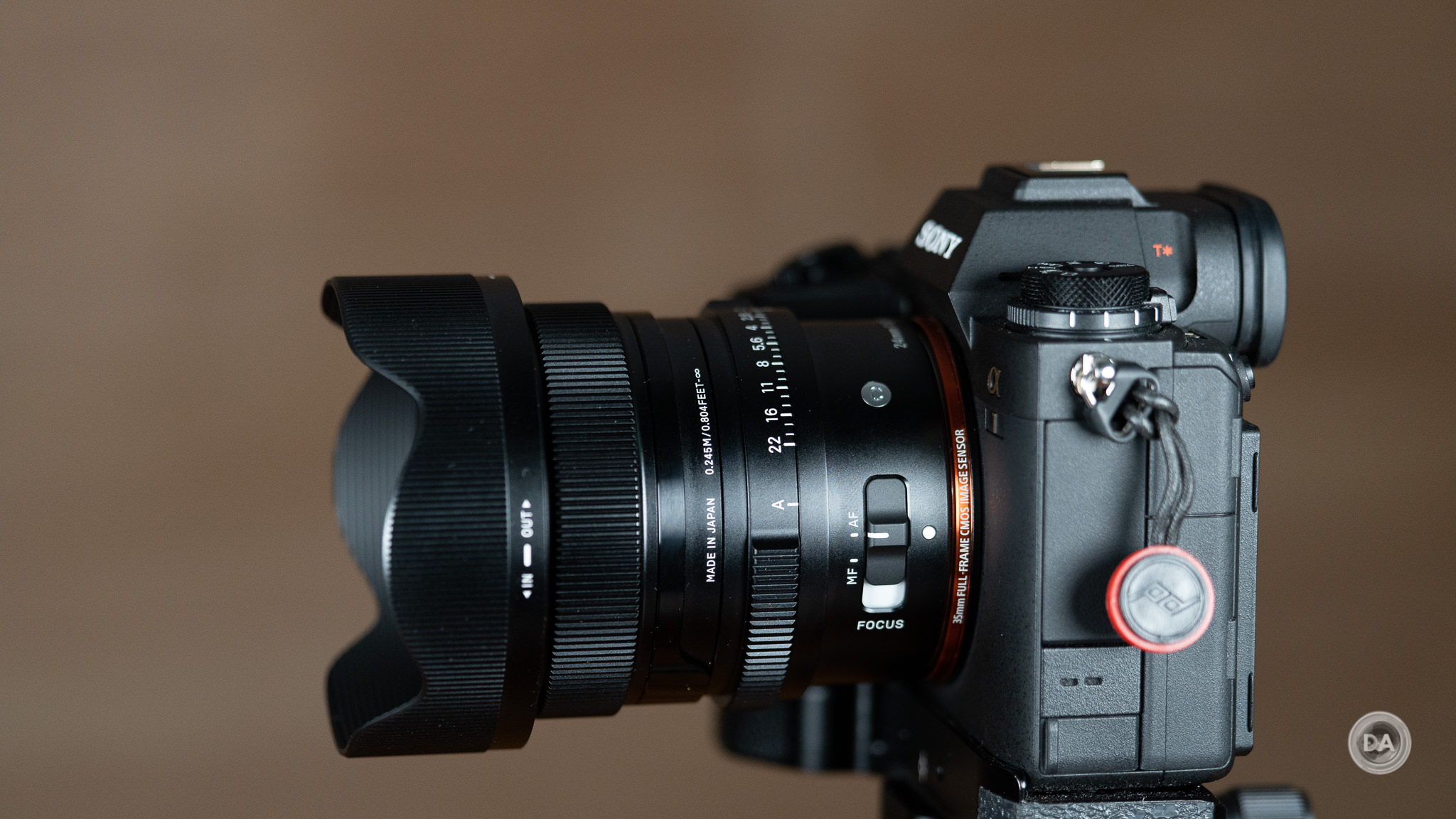
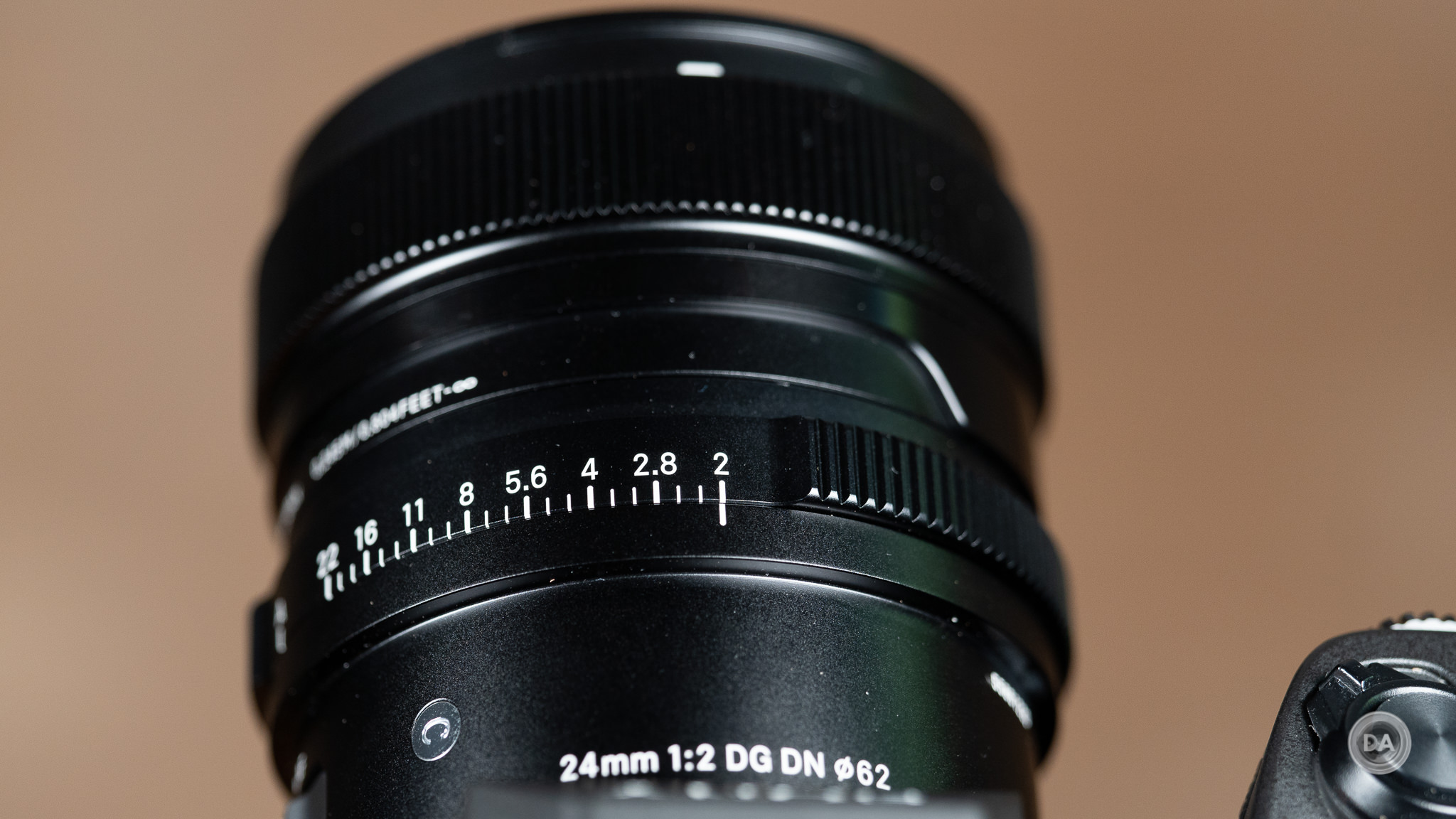
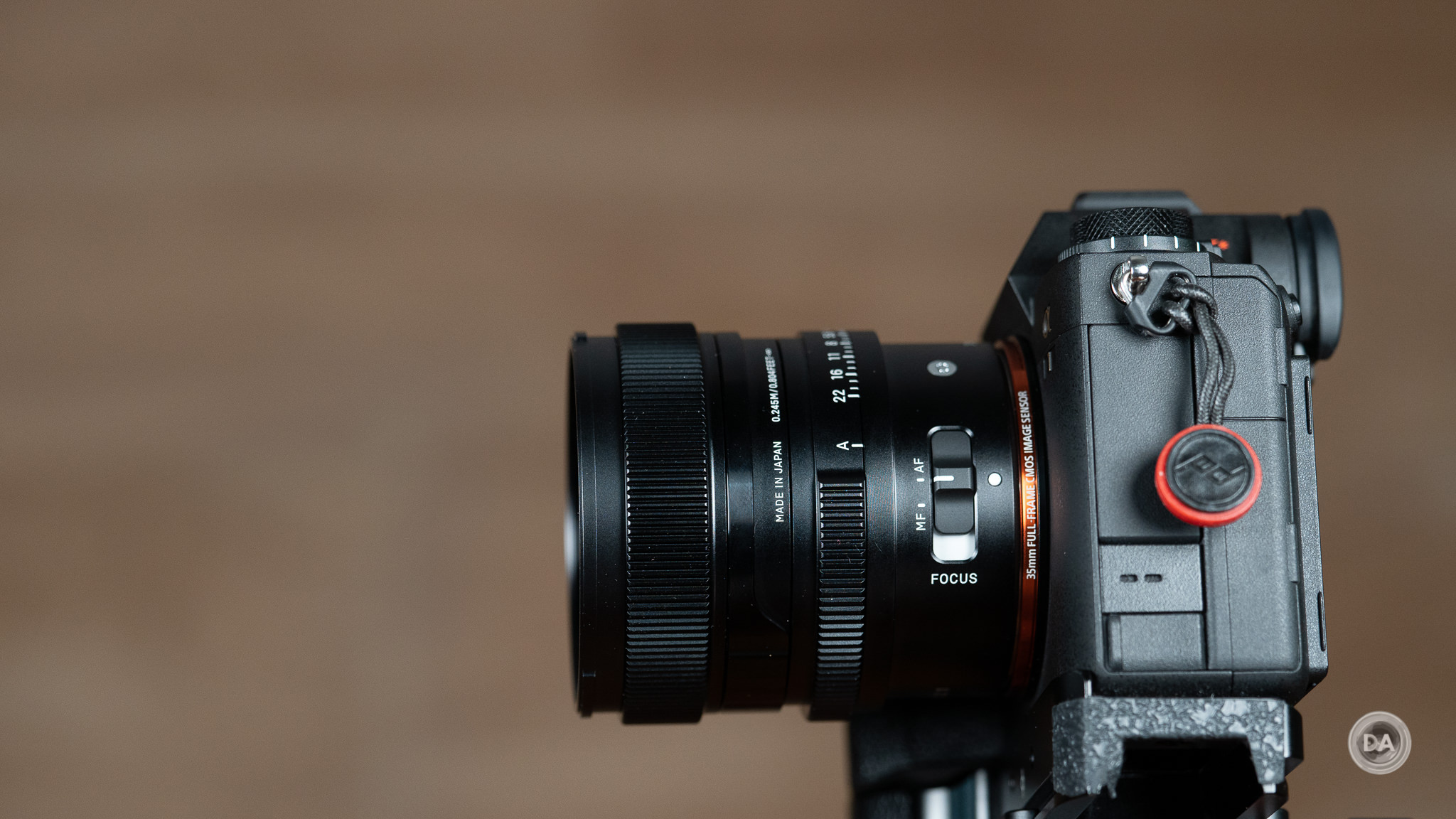
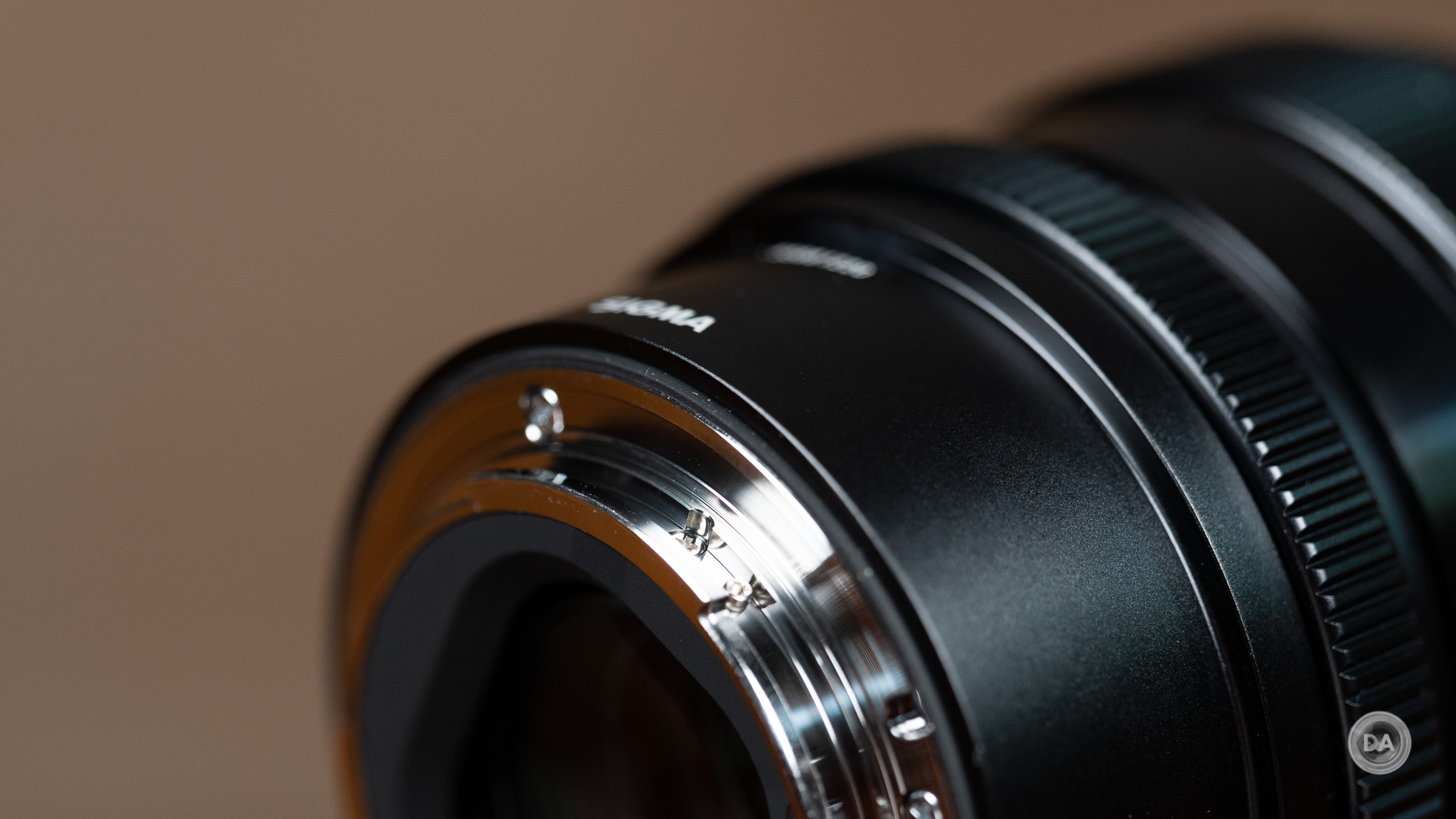












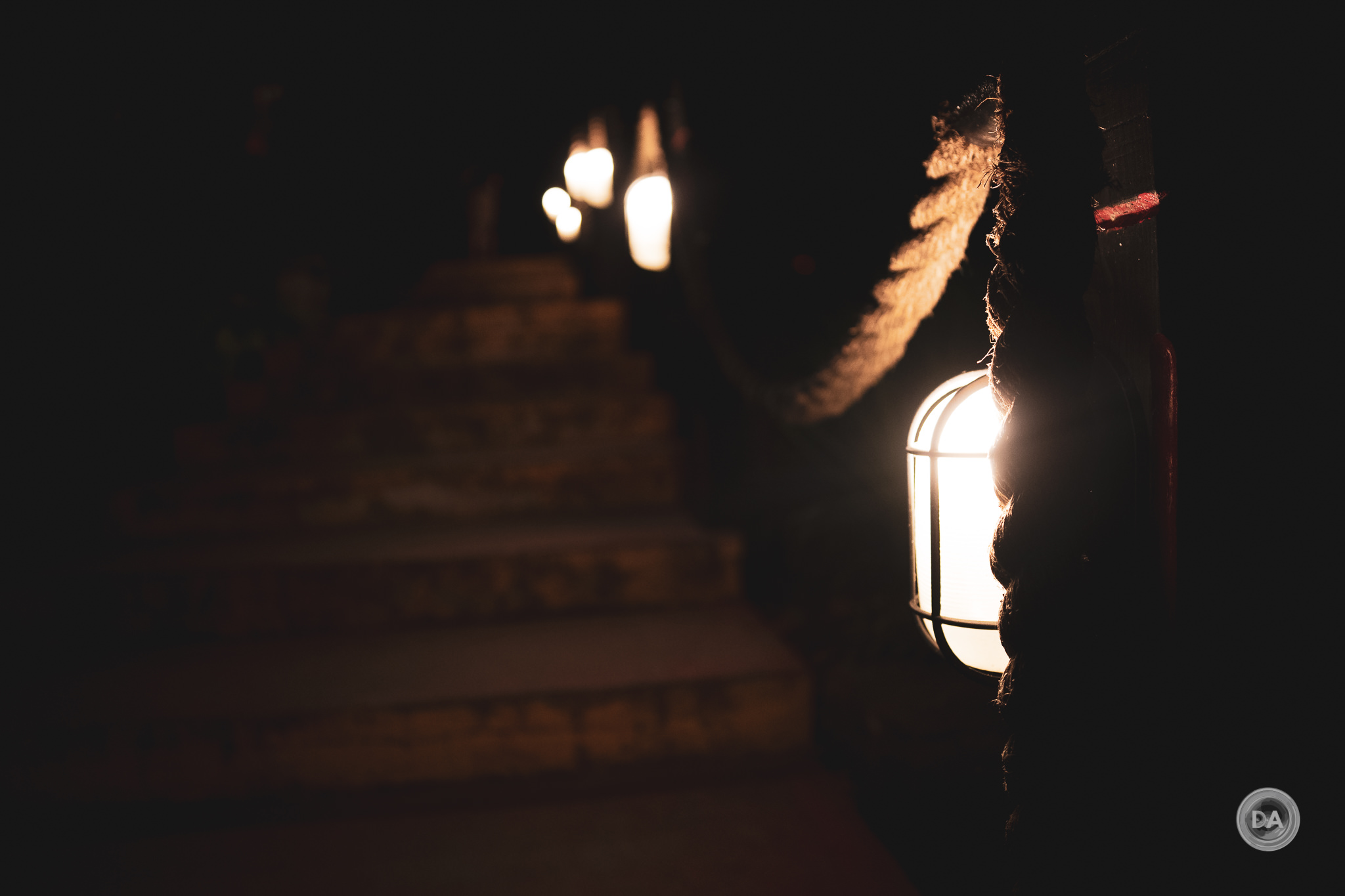
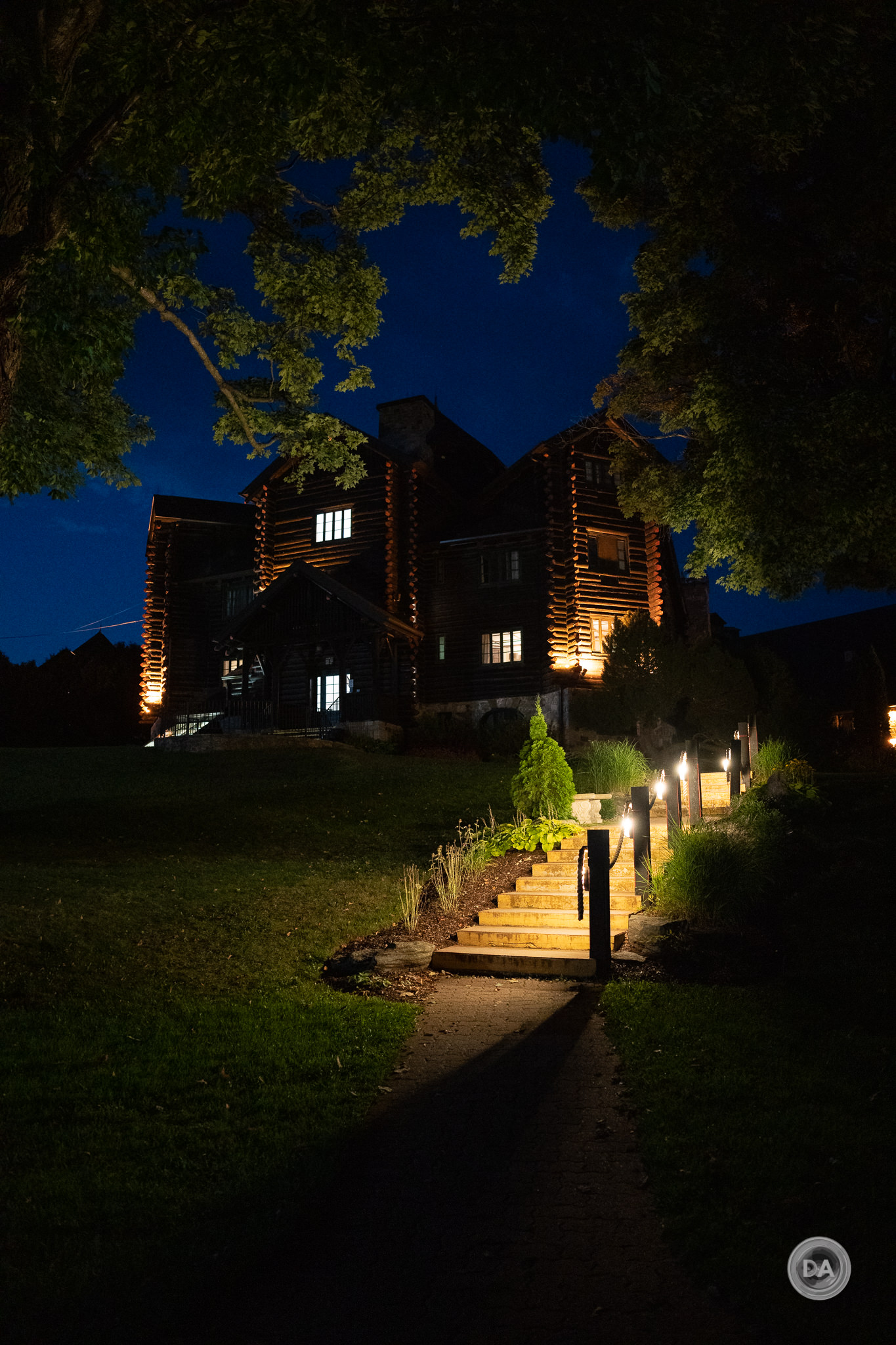
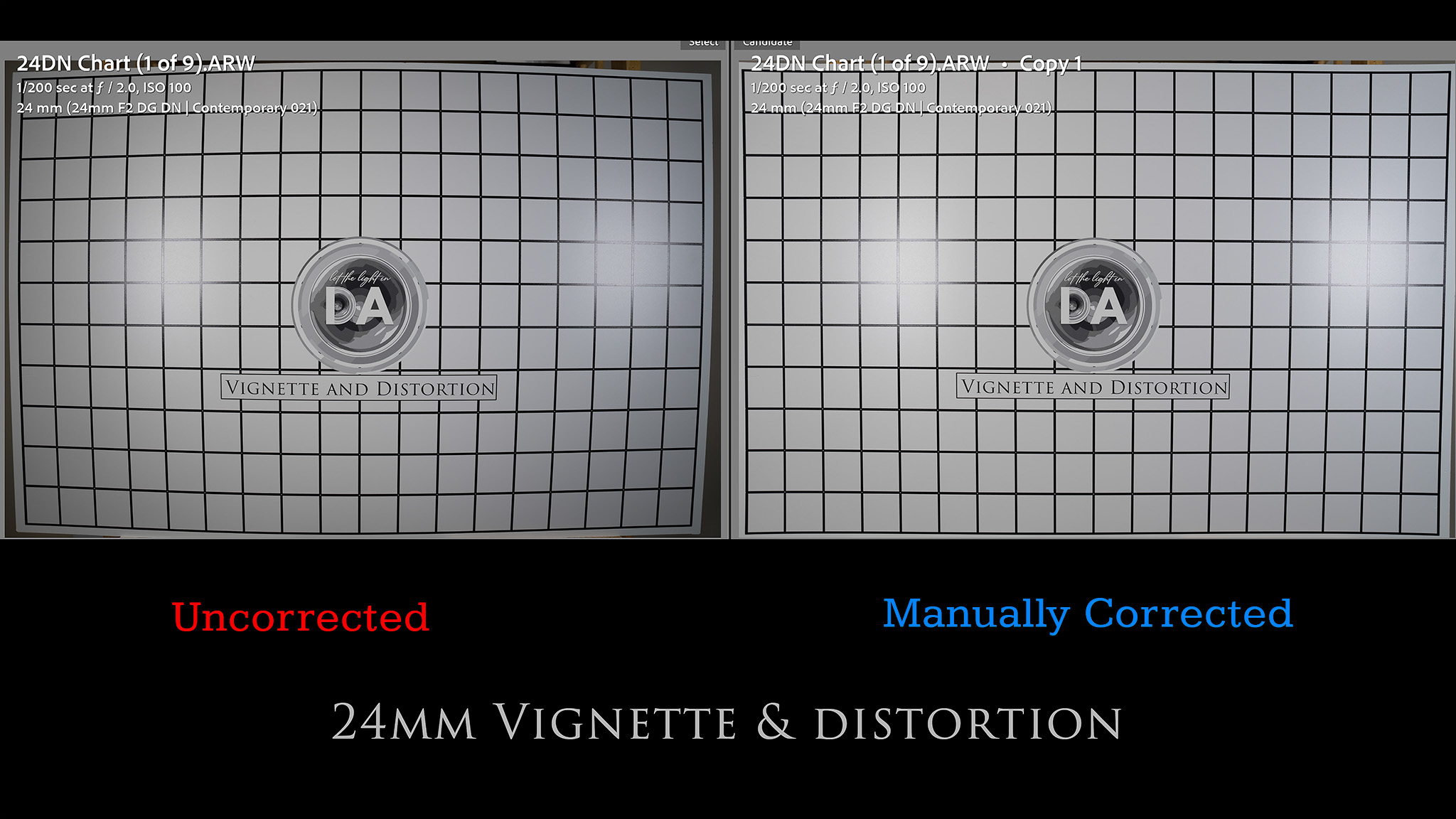






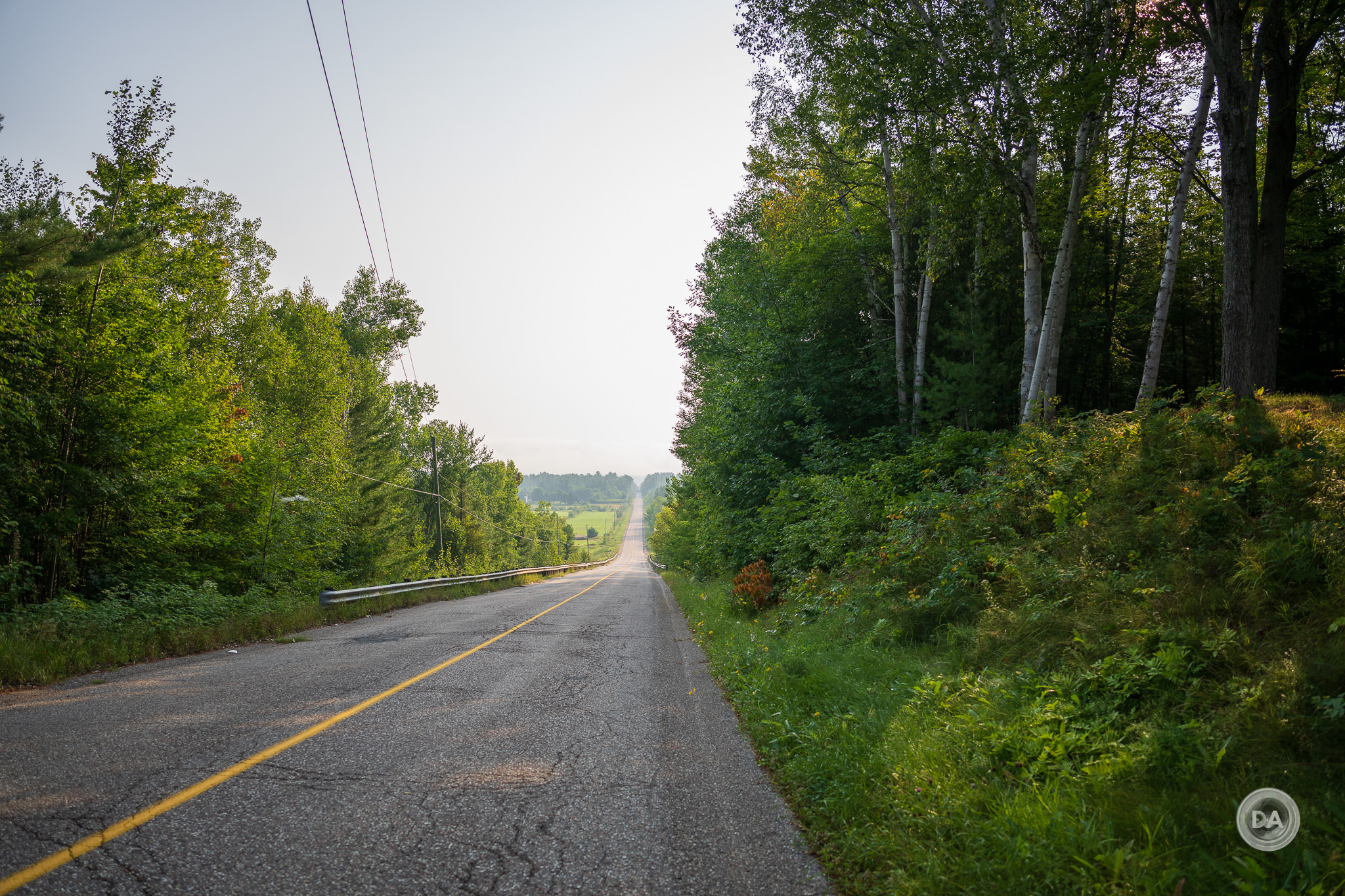








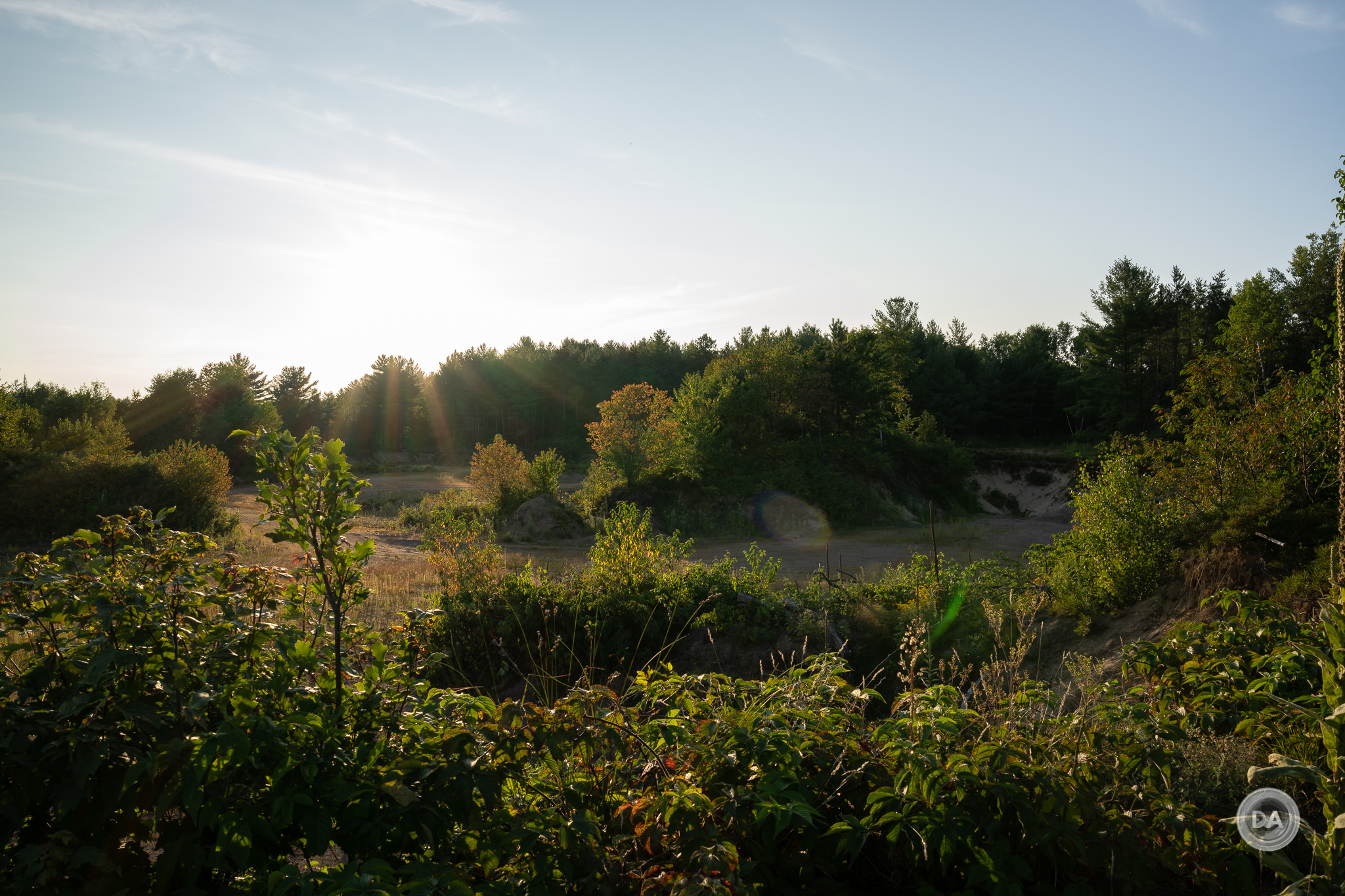
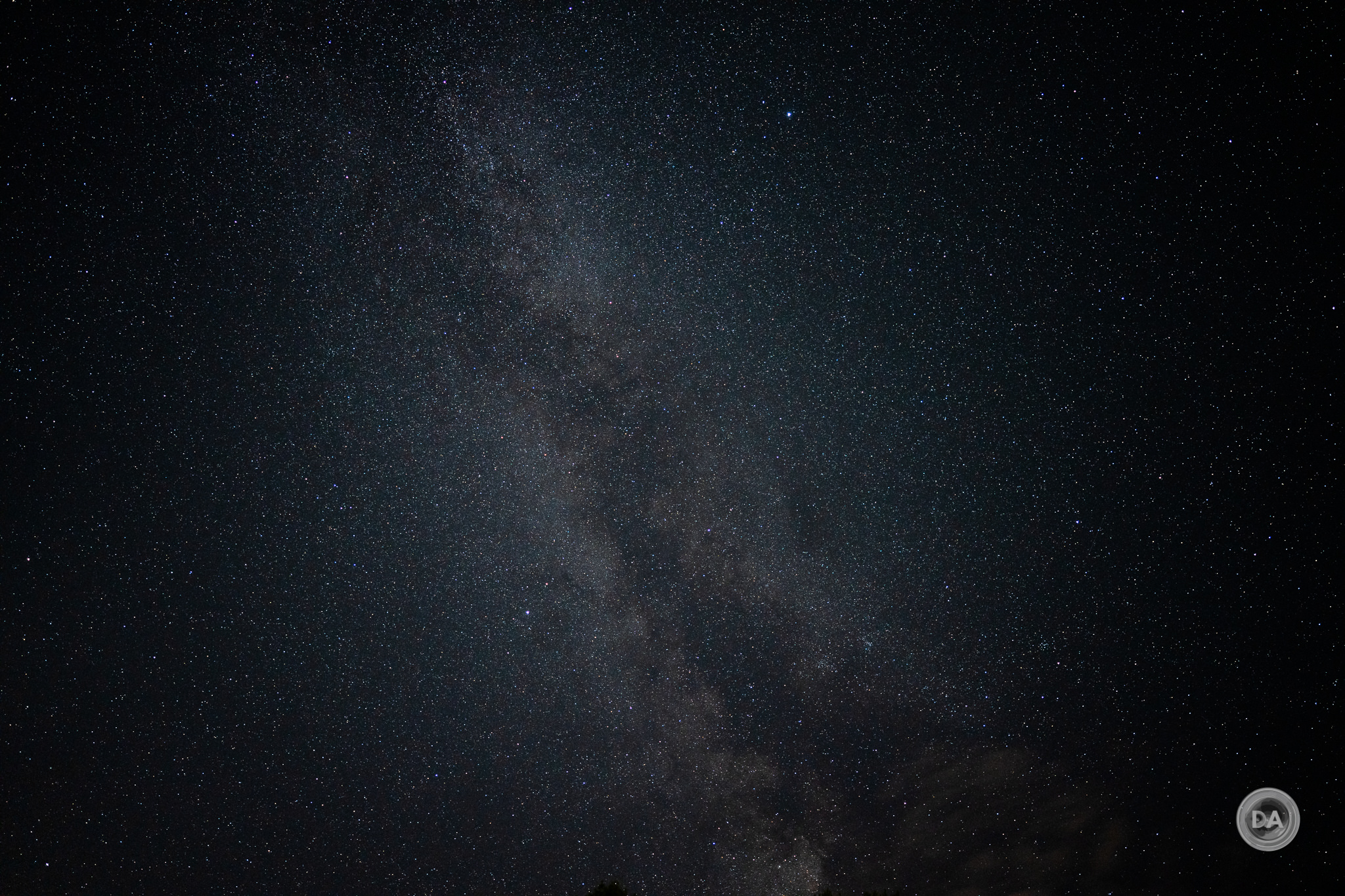
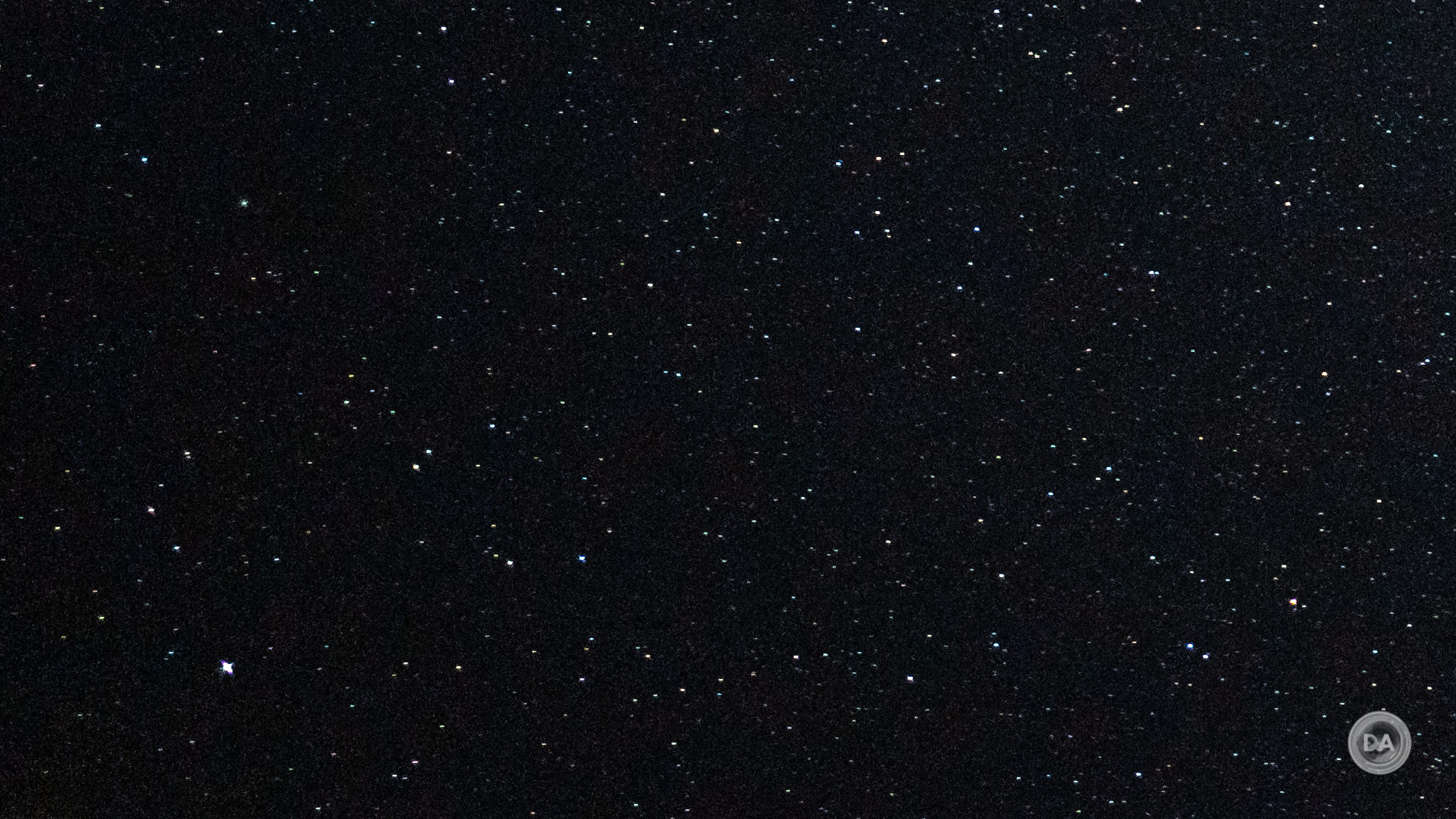







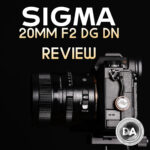




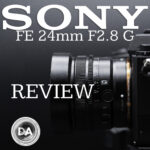


[…] Sigma 24mm F2 […]